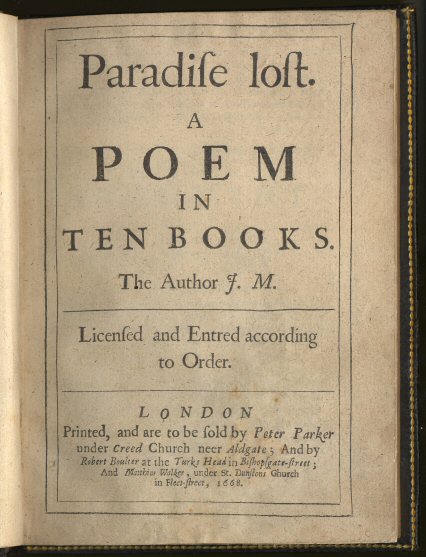Allograph, Variant of the Letter s = ſ and Integral Sign ∫
Old Variant Form of the Letter s = ſ

Discovered a old variant form of the letter “s”, called Long s. It looks like this: ſ .
The long, medial or descending s (ſ) is a form of the minuscule letter s formerly used where s occurred in the middle or at the beginning of a word, for example “ſinfulneſs” (“sinfulness”). The modern letterform was called the terminal, round, or short s.
The long s fell out of use in roman and italic typefaces well before the middle of the 19th century. In Spain the change was mainly accomplished between the years 1760 and 1766; in France, the change occurred between 1782 and 1793; in Britain and the United States, between 1795 and 1810. For example, in Spain, the multi-volume work España Sagrada made the switch with volume 16 (1762); The Times of London switched to the short s with its issue of September 10, 1803; and in the United States, acts of Congress were published with the long s throughout 1803, switching to the short s in 1804. But Britain's colony Nova Scotia's statutes used the long “s” as late as 1816.
Note that there's a Unicode for this character: ſ , LATIN SMALL LETTER LONG S, U+017F.
The long s has connection to math too, the integral sign ∫. Quote:
The long s survives in elongated form, and with an italic-style curled descender, as the integral symbol ∫ used in calculus; Gottfried Wilhelm von Leibniz based the character on the Latin word summa (“sum”), which he wrote ſumma. This use first appeared publicly in his paper De Geometria, published in Acta Eruditorum of June 1686, but he had been using it in private manuscripts at least since 1675.
See also: Math Symbols in Unicode.
Allograph
In graphemics, the term allograph denotes any glyphs that are considered variants of a letter or other grapheme, like a number or punctuation. An obvious example in English (and many other writing systems) is the distinction between uppercase and lowercase letters.
[2019-03-16 Wikipedia]
Example:
- a, lower case “a” with a top hat
- ɑ, lower case “a” without top hat
the “g” is sometimes rendered with double loop.
- ɡ, LATIN SMALL LETTER SCRIPT G
- g, LATIN SMALL LETTER G. (may or may not be rendered with a tail loop, depending on font.)
Chinese examples:
- 戶, used in Taiwan
- 户, used in Mainland China
- 戸, used in Japan
computer language character example:
- |, VERTICAL LINE
- ¦, BROKEN BAR
this is the symbol on your keyboard. In the early days (perhaps around 1970s to 1990s), it may be rendered as broken bar or a continuous bar. In Unicode, it is separated into two distinct chars.